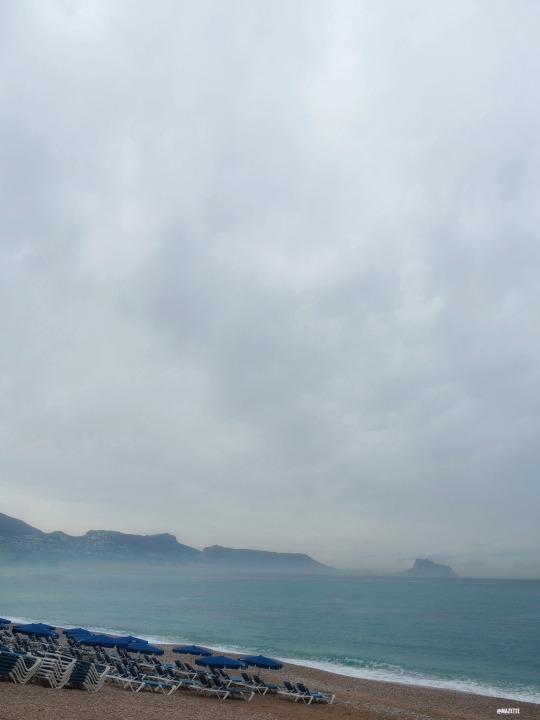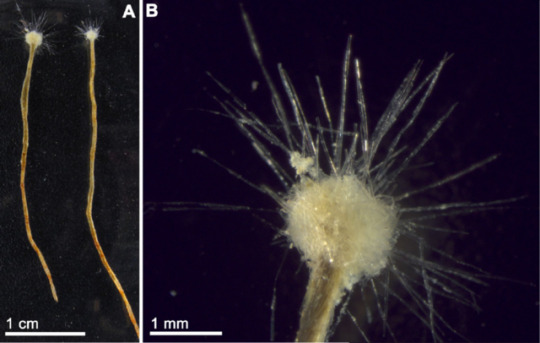#mediterraean coast
Text

Ending …
245 notes
·
View notes
Photo

And because the lockdown still continues, I lead you to other beautiful travel destinations - at least virtually... The beautiful, but extremely popular (and therefor grouded) village of Oia on Santorini, Greece is famous for its sunsets and its blue domes. The island is really tiny, but absolutely worth to explore! Most tourists stay just at the caldera with its impressive views over the sea where once there was the vulcano, but also the "outer" coasts are spectacular! Not to mention the food... ;-) #fujifilm #fujixt20 #fujifilm_x_series #fujilover #fujifilmde #fujifilmfeaturetime #instatravel #ig_travel #travel #travelphotography #traveleurope #greece #griechenland #visitgreece #reisen #reisefotografie #martinziaja #goexplore #santorini #oia #oiasantonrini #santorinigreece #mediterraean #sunset #visitsantorini https://www.instagram.com/p/B_QI8pHDyEh/?igshid=1d0k47sncg2yk
#fujifilm#fujixt20#fujifilm_x_series#fujilover#fujifilmde#fujifilmfeaturetime#instatravel#ig_travel#travel#travelphotography#traveleurope#greece#griechenland#visitgreece#reisen#reisefotografie#martinziaja#goexplore#santorini#oia#oiasantonrini#santorinigreece#mediterraean#sunset#visitsantorini
0 notes
Photo

Discovered in 2013, living 30 miles off the southeast coast of Spain, on the Seco de Palos seamount, this rare foraminifera -a unicellular organism-, called Spiculosiphon oceana is pretty exceptional. Foraminifera are tiny single-cell organisms, similar to amoebas and able to create a shell for protection, but this one is giant in relation with its relatives, rangin 5 cm. Also evolved to be similar to carnivorous sponges, in its appearance and way of capturing food. This curious foraminifer shares morphological and feeding similarities with carnivorous sponges, probably due to the fact that both types of organisms live in similar habitats, which have forced them to develop similar feeding strategies.

-Two giant foraminifers Spiculosiphon oceana found in the Mediterraean
Species of Spiculosiphon show remarkable convergent evolution with some small species of Carnivorous Sponge, using scavenged Sponge spicules to build a body very similar in form to the Sponge. This species lives attached to a substrate by a long stalk, both the stalk and the main body being covered by agglutinated Sponge spicules, though these are arranged laterally in a slight spiral around the stalk but radiate out from the body.

-The carnivorous sponge Asbestopluma hypogea soon after trapping a small Copepod, and the giant foraminifer Spiculosiphon oceana for a comparison with the body shape. Both organisms then trapping relatively large prey and dissolving it externally. (from Maldonado et al. 2013).
The species it was named oceana, in honour of the non-profit organization for ocean conservation OCEANA, which was responsible for the collection of the samples from which the species was described.
Maldonado et al. 2013. A giant foraminifer that converges to the feeding strategy of carnivorous sponges: Spiculosiphon oceana sp. nov. (Foraminifera, Astrorhizida)". Zootaxa
#Spiculosiphon oceana#foraminifera#Astrorhizida#convergent evolution#science#deep sea#spain#mediterranean#Asbestopluma hypogea
32 notes
·
View notes